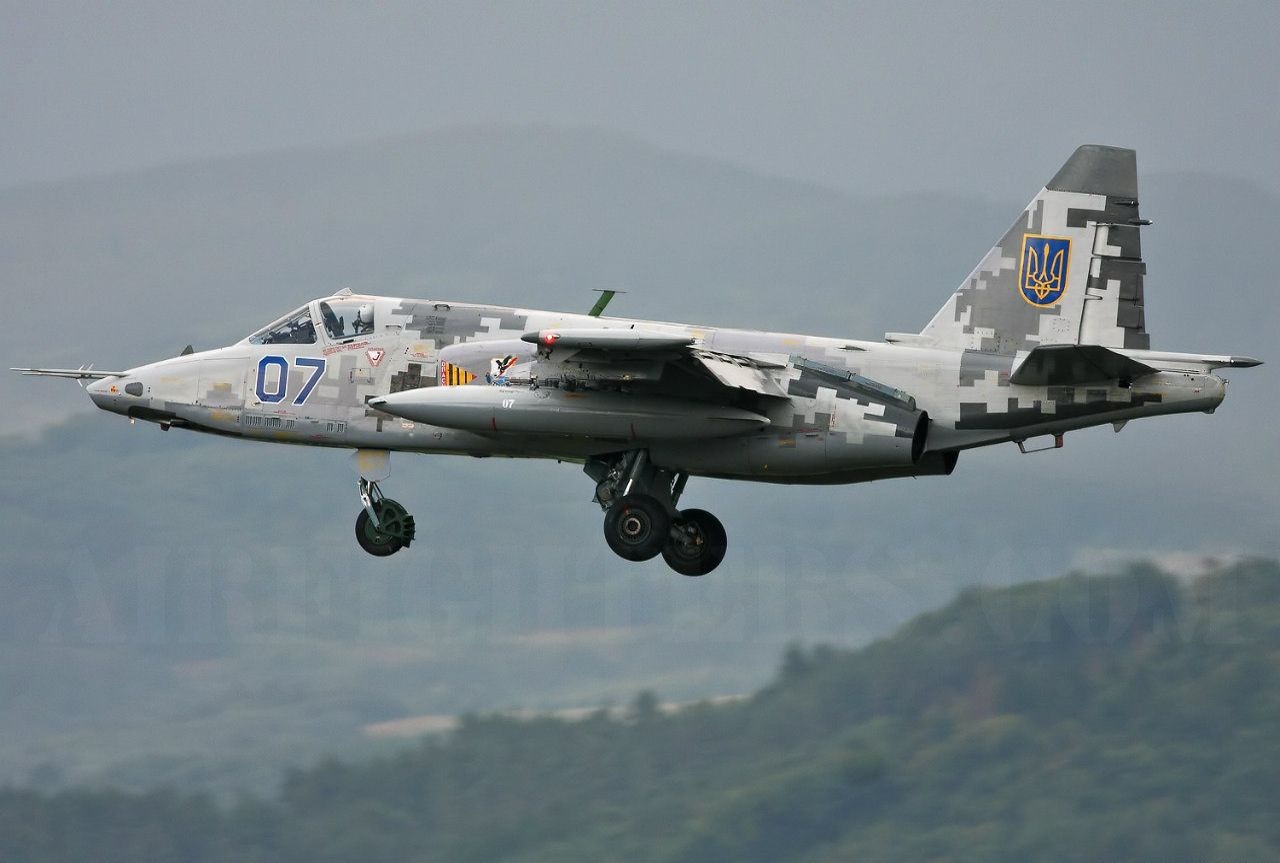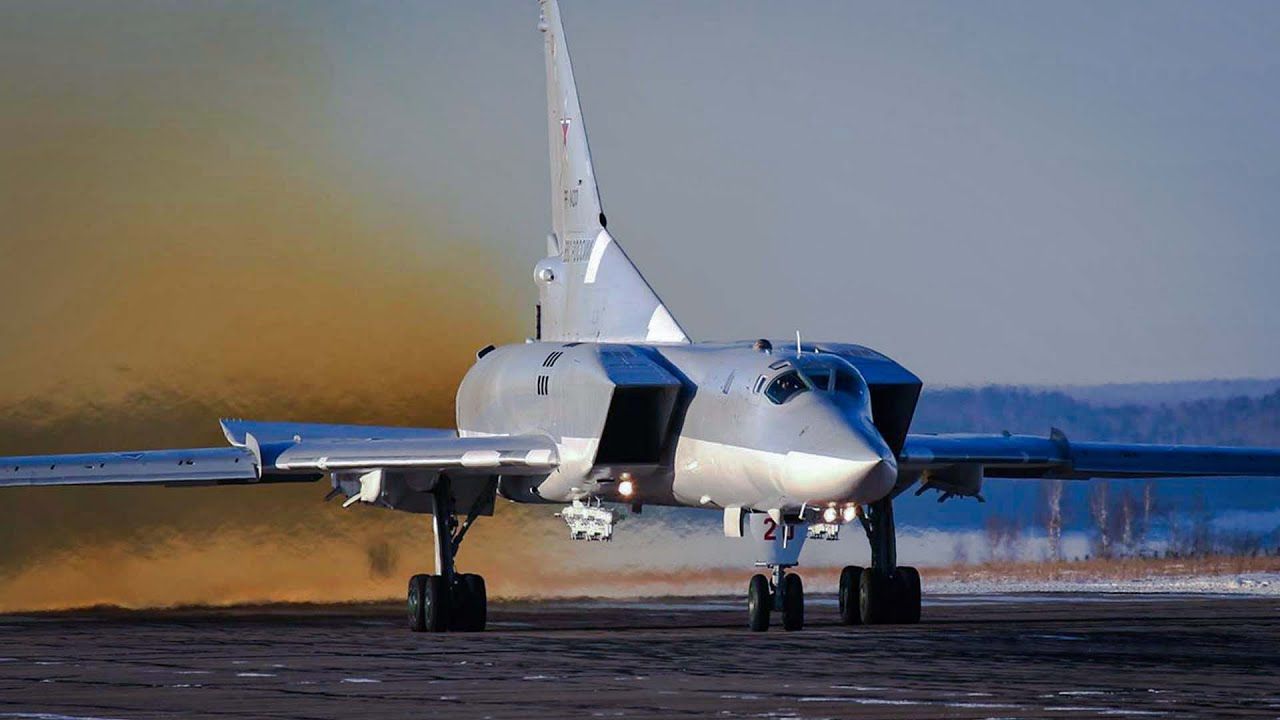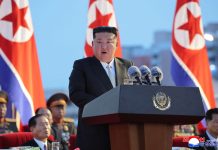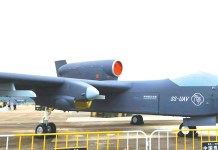Russian military caused quite a havoc on Ukraine and Japan over the last four days. While four Ukrainian fighters were lost in aerial combat to Russian jets, its nuclear-capable Tu-22 strategic bombers flew over the Sea of Japan, forcing Tokyo to scramble its own F-15 fighters.
The developments come amidst the intensifying battle for Ukraine’s Bakhmut in particular and the ever-increasing tensions between Russia and the West in general, with no signs of any thaw between the parties.
Moreover, the emergence of overlap between the European and Pacific theaters owing to Russia, China, and North Korea’s standoffs with the US, Japan, and Taiwan has added a new dimension to the overall geopolitical situation.
The Russian navy’s Pacific Fleet’s surprise inspections and the ensuing naval drills; North Korea’s ballistic and cruise missile tests; the North Atlantic Treaty Organization’s (NATO) hardline on China over Taiwan and enhancing relations with the latter are a result of this very dynamic.
Russia Hunts Ukrainian Air Force
According to Russian MoD spokesperson Lt Gen Igor Konashenkov, the two Ukrainian MiG-29 fighters were shot down close to Novoukrainka and Sergeevka in the Donetsk People’s Republic (DPR), and one Su-25 was downed close to Dolgenkoye (Kharkiv region).
The same day, “Russian air defense shot down one Su-25 airplane of the Ukrainian Air Force near Ugledar in the DPR,” Konashenkov said in a routine press briefing.

Since last year, Russia has been effectively using its Su-35S and Su-30SM2 fighters in pairs, employing the MiG-31BM interceptor with the long-range R-37M air-to-air missile (AAM), and improved its aerial combat and ground attack tactics.
These have nearly eliminated their own losses while gradually degrading the Ukrainian air force fleet, as discussed in previous analyses in the EurAsian Times.
It is unclear, however, which Russian fighter shot down the MiG-29s and the Su-25 because of the absence of separate publicity videos of Su-35, MiG-31, or Su-30 fighter operations this time. Nevertheless, it is part of a larger trend where Ukraine has rapidly lost war materials like air defense systems and jets to superior Russian numbers and technology.
In terms of missiles, the R-77-1 AAM, according to a recent study by the London-based Royal United Services Institute (RUSI), has been particularly devastating. The R-77-1 is an active-radar homing beyond visual range (BVR) AAM that can engage fighters, attack aircraft, bombers, helicopters, cruise missiles, etc., at a range of around 110 kilometers.
Ukrainian fighter pilots cited by the experts at RUSI admit that Russia’s Su-30SM and Su-35S completely outclass Ukrainian Air Force fighters. The difference in technology between the aircraft of the two air forces mainly comprises the R-77-1 AAM coupled with the excellent look-down, shoot-down performance of the N011M Bars and N035 Irbis-E radars onboard the Russian fighters.
Russian fighters have achieved a radar lock and fired R-77-1 missiles at Ukrainian fighters from more than 100 kilometers away. The active radar seeker of the R-77-1 missile, coupled with the modern N011M and N035 radars, enables the Russian fighters to launch missiles in track-while-scan (TWS) mode. The same RUSI study also noted the MiG-31BM armed with the R-37M long-range AAM as especially problematic for Ukrainian fighter pilots.
Japan Jittery As Exercises Announce Operations On Disputed Kuril Islands
Meanwhile, in far east Asia, Russia’s Pacific Fleet’s surprise inspection by Defense Minister Sergei Shoigu generated quite a lot of attention. The massive naval maneuvers comprised naval aviation, surface combatants, strategic bomber force, and infantry components, mobilizing practically without any notice.
The highlight was the Tu-95MS and Tu-22M3 long-range bombers conducting flights into the central Pacific Ocean to “simulate strikes against mock ship groups.” This description is highly suggestive of an attack on a large naval flotilla of warships, which could only conceivably be from the US Navy and Japan Maritime Self-Defense Force (JMSDF).
Video: 8 Russian Tu-22 M3 Long Range Bombers performed combat training flight over neutral waters of the Sea of Okhotsk and the Northern part of the Sea of Japan, as part of a large-scale combat readiness exercise of the Russian Pacific Fleet. #Pacific #Russia #Bombet #Tu22 pic.twitter.com/XyLlaO4yyi
— EurAsian Times (@THEEURASIATIMES) April 20, 2023
This also might be one of the rare occasions that Russia used the Tu-22M3 over the Pacific, and that too for its secondary maritime strike role. The Tu-95 Bear is frequently used for strategic flights and training in Russia’s European and Pacific theaters.
Japan had to scramble F-15 fighters to intercept and track the Russian planes, as a big component of the exercises practiced operations on the disputed Kuril Islands, over which Moscow and Tokyo have contesting claims.
Warships conducted exercises to “repel massive missile and aviation strikes and search for and destroy submarines in designated areas of the Sea of Japan, the Sea of Okhotsk and the Bering Sea, and carried out torpedo and artillery firing and missile launches at mock enemy ships and surface facilities,” the MoD said.

The sheer scale of the exercise can be gauged from the diversity and range of the combined arms mobilized for the “snap” inspections. Generally, such exercises are planned for at least a month, with most logistics and personnel in place.
The exercises, which ended on April 20, also saw anti-submarine warfare (ASW) units, the Bal and Bastion coastal missile system in coordination with naval aviation to “prevent mock enemy forces from deploying in the southern part of the Sea of Okhotsk and to repel their landings on the Kuril Islands and Sakhalin Islands.”
Meanwhile, the Pacific fleet’s marine units attacked coastlines, and S-400 air defense systems fired at simulated targets.
- The author can be reached at satamp@gmail.com
- Follow EurAsian Times on Google News




